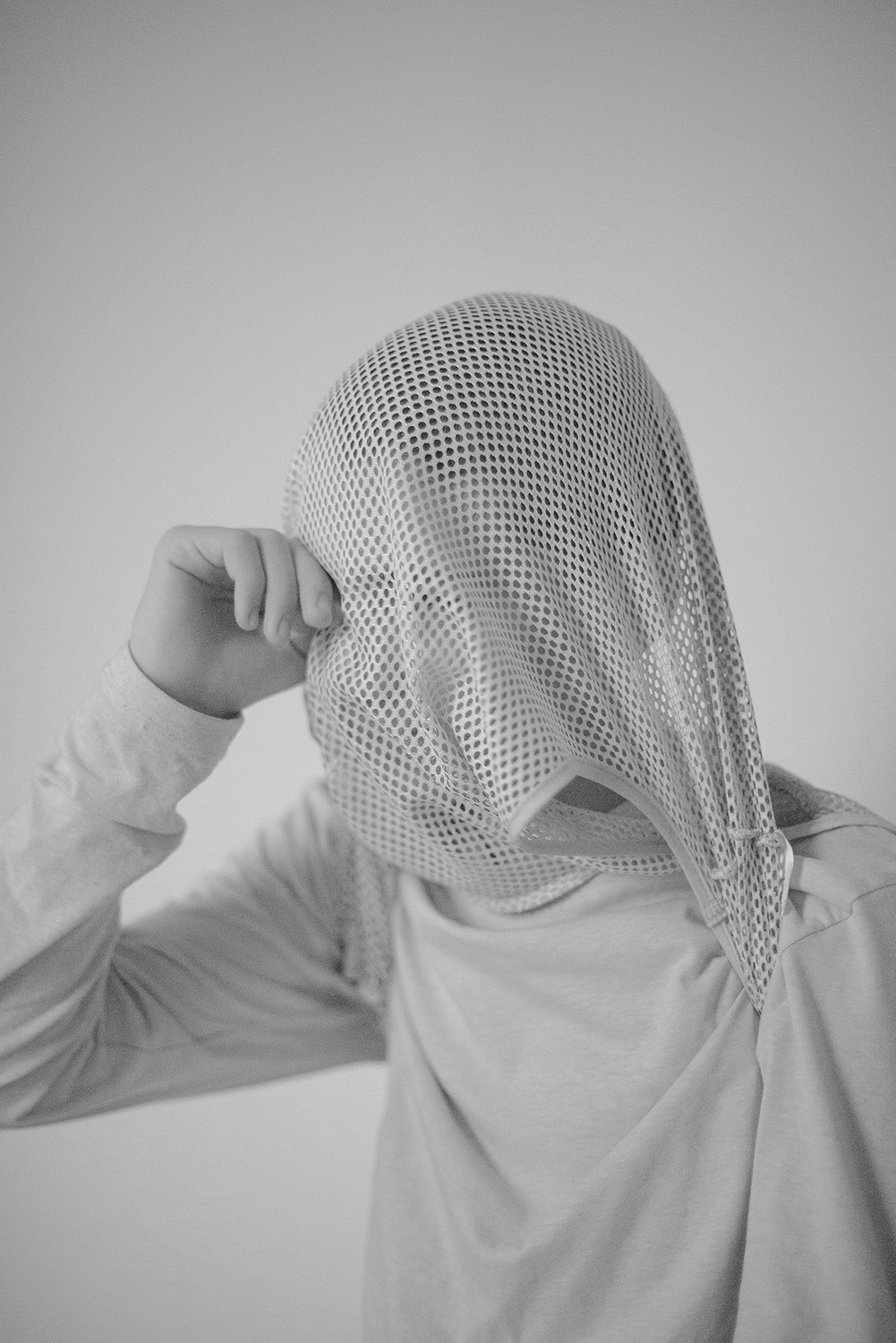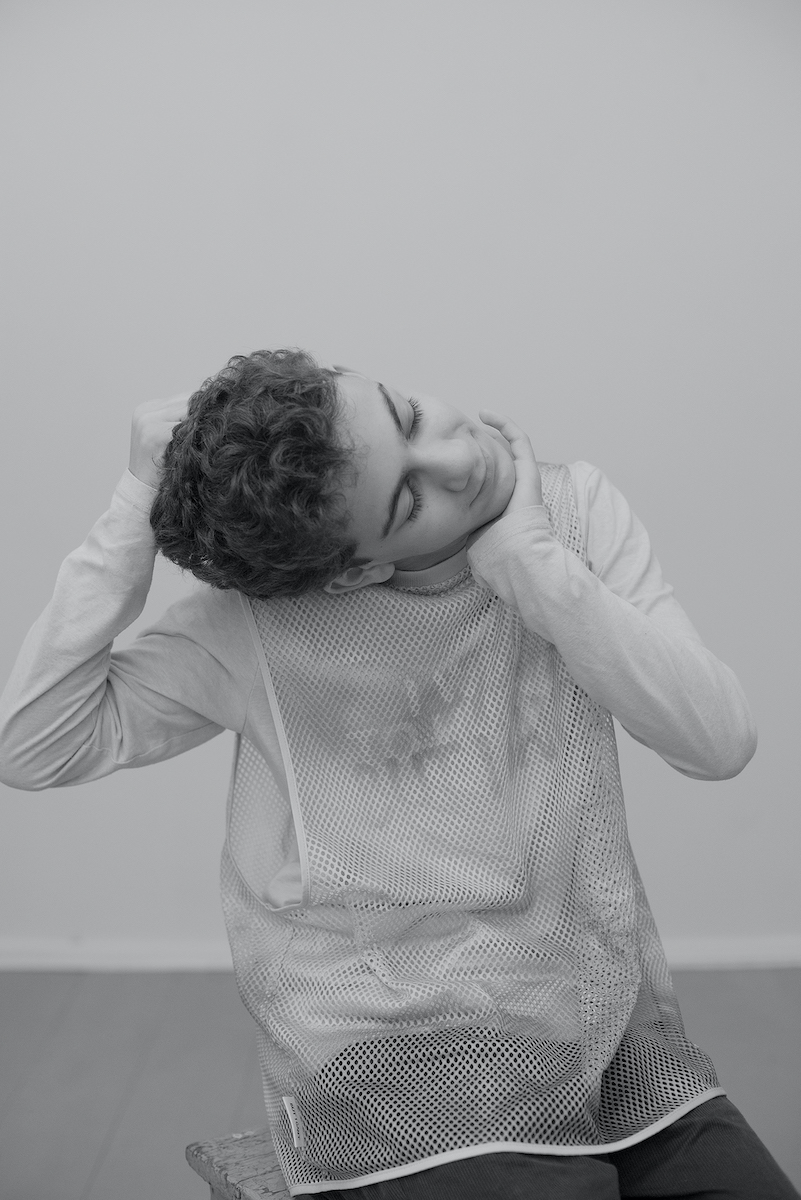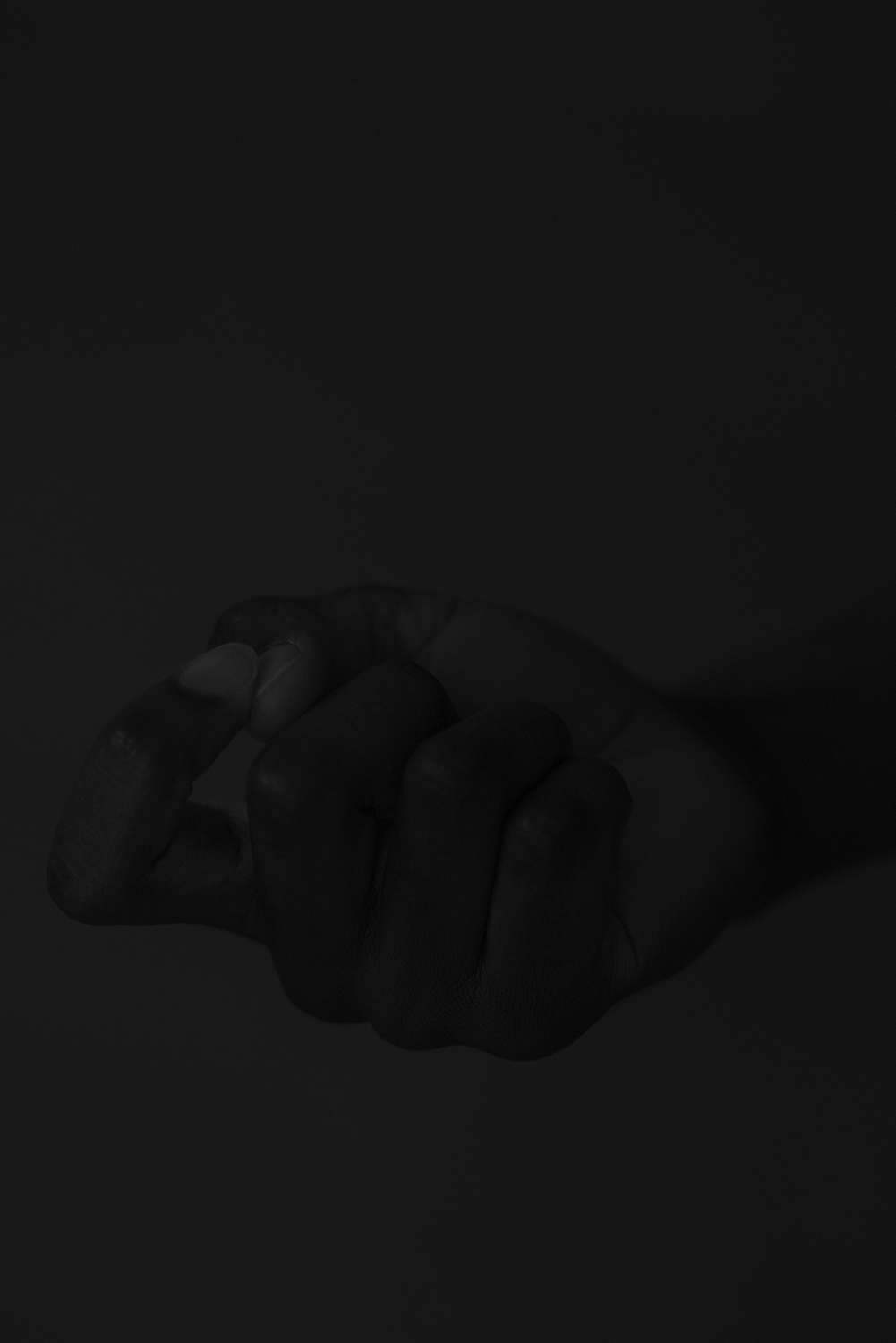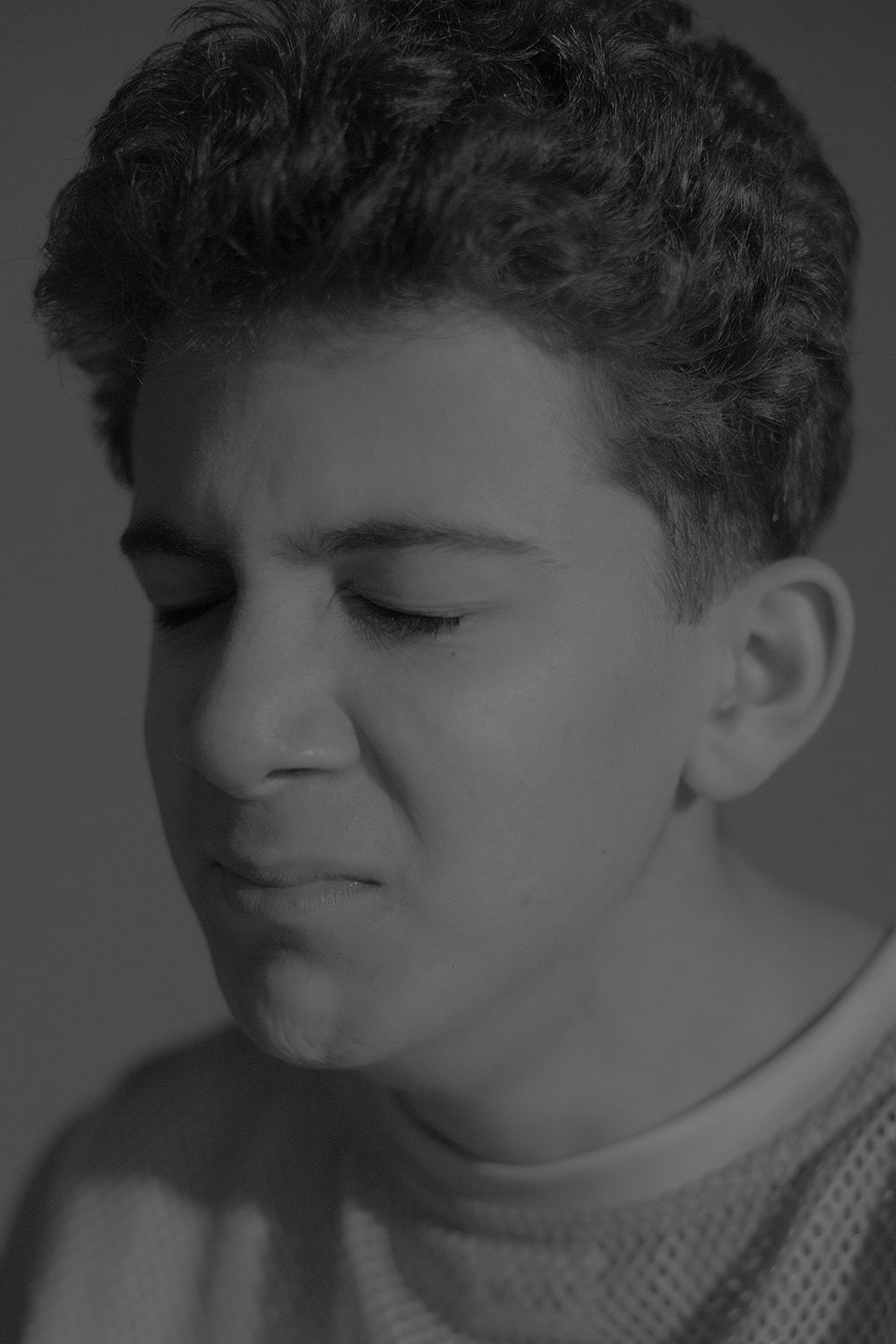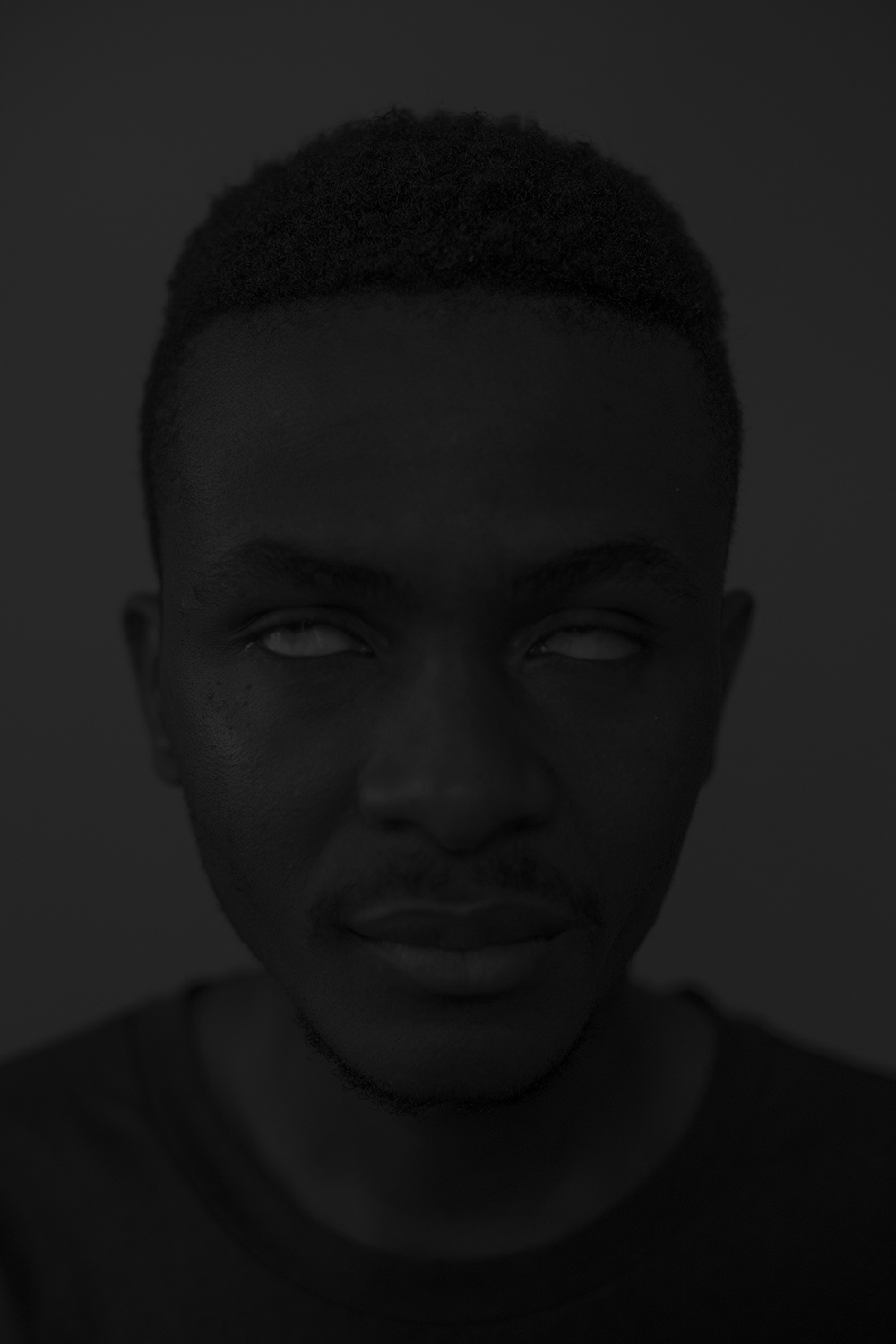The skin I live in: one artist explores why we bite our nails and pull at our hair
Moscow-based photographer Kate Yanova began biting her lips at the age of two. Often, she did it without realising, a subconscious way of dealing with worry or fear. Sometimes, she would bite them until she bled.
The experience prompted the artist to turn her lens onto micromovements: small automatic acts often used to cope with anxiety. They include nail biting, twitching, cracking fingers, rubbing your eyes, or even crossing your arms over your chest.

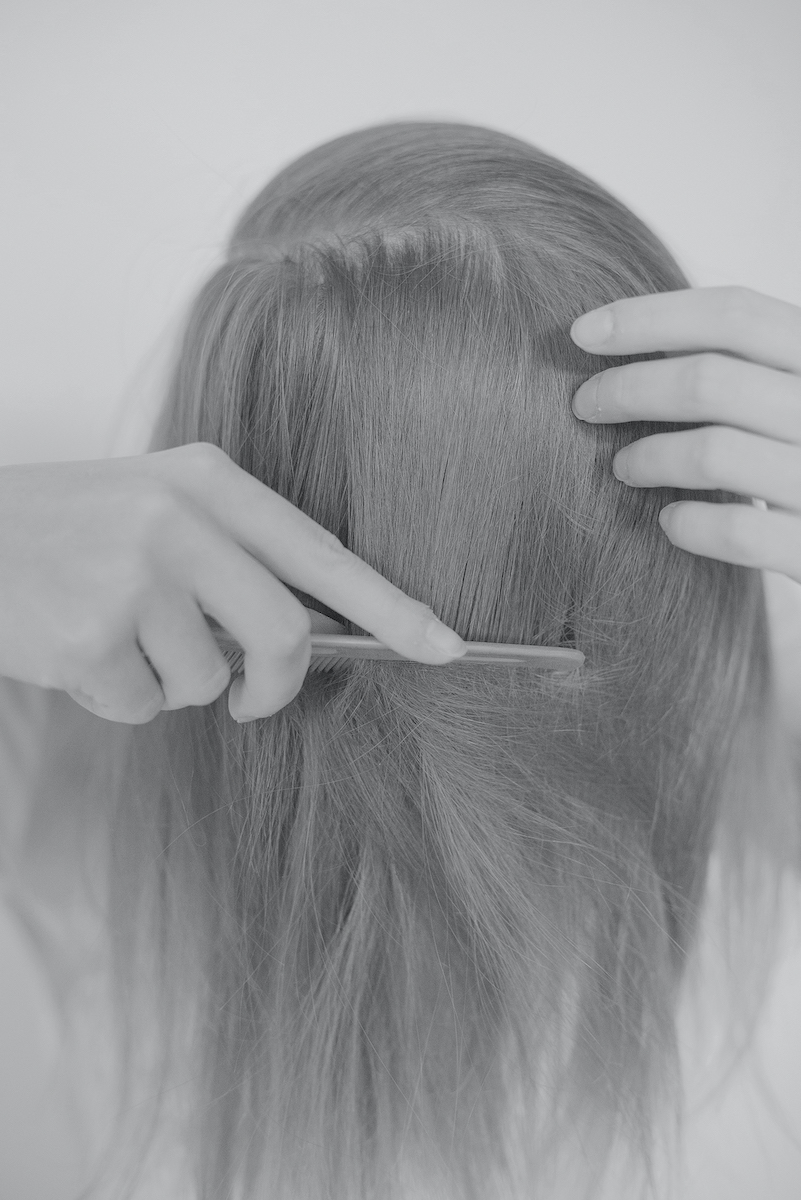

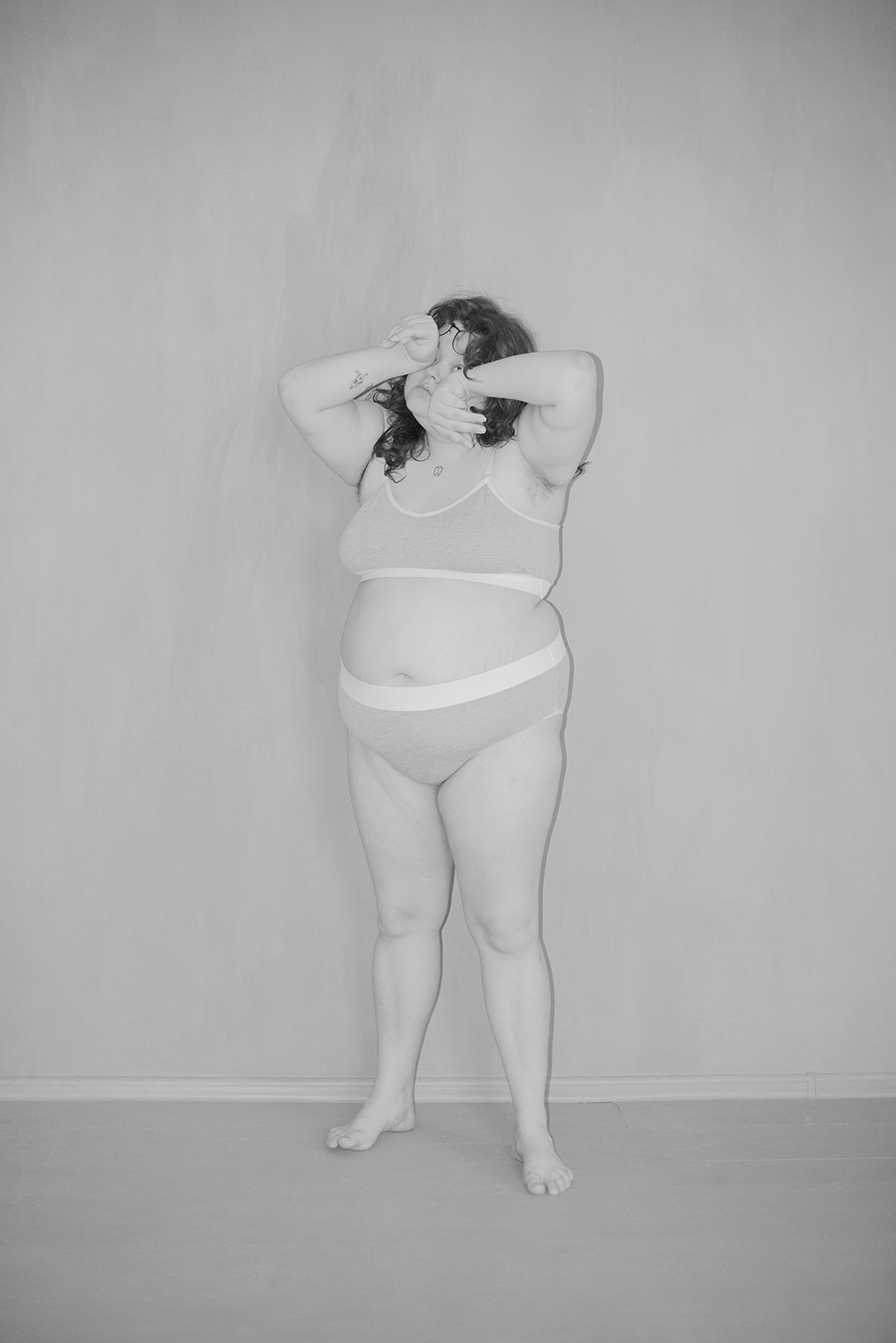
Yanova began the project as personal therapy, but later saw it evolve into a collective practice. “I started by asking people to interpret the micromovements of others, but then quickly realised the audience wanted to share their own stories,” she says.
Eventually, Yanova created a database of human micromovements and possible triggers. Now, she hopes to question whether micromovements are something that need to be “corrected”, or an integral part of each person. “Do we choose the movements or do they choose us?”, she asks.
Following dozens of testimonies, the artist began to realise that most of her respondents had similar micromovements to her own experience. “Most people scratch the bridge of their nose, gnaw the skin on their fingers, rub and roll their eyes, rub their earlobes, pinch their nose, crack the bones of the fingers, or pull the split ends from their hair,” she says. Some micromovements were unique: such as systematically patting clothes, or frequently bending forward.
The triggers and causes behind micromovements are also wildly varied. Some are an unconscious habit left over from repeated movements of the past — like a retired dancer who keeps knocking their heels to relax their leg muscles. Others are completely spontaneous, something Yanova compares to doodling.
Others can be key to understanding a person’s psychological state. After working closely with a therapist, one respondent was able to trace his own newly-acquired micromovement — rubbing his own arms — to a growing need for protection after moving to a new town. For Yanova, however, collecting all of these movements together has helped her foster a new relationship with the world around her — and made her feel less isolated, as a result.
It would have been natural for Yanova to turn to video to capture these micromovements, but the artist chose photography in order to give the phenomenon the same sense of mystery with which she first approached it. “I did not want to doom these micromovements to eternal repetition,” she says. Instead, the project is a collection of black and white images featuring Yanova’s friends and activists, such as Sasha Lavut and Ann Zenkovich, dressed in clothing provided by Kultrab: a statement fashion brand advocating human rights in Russia.
